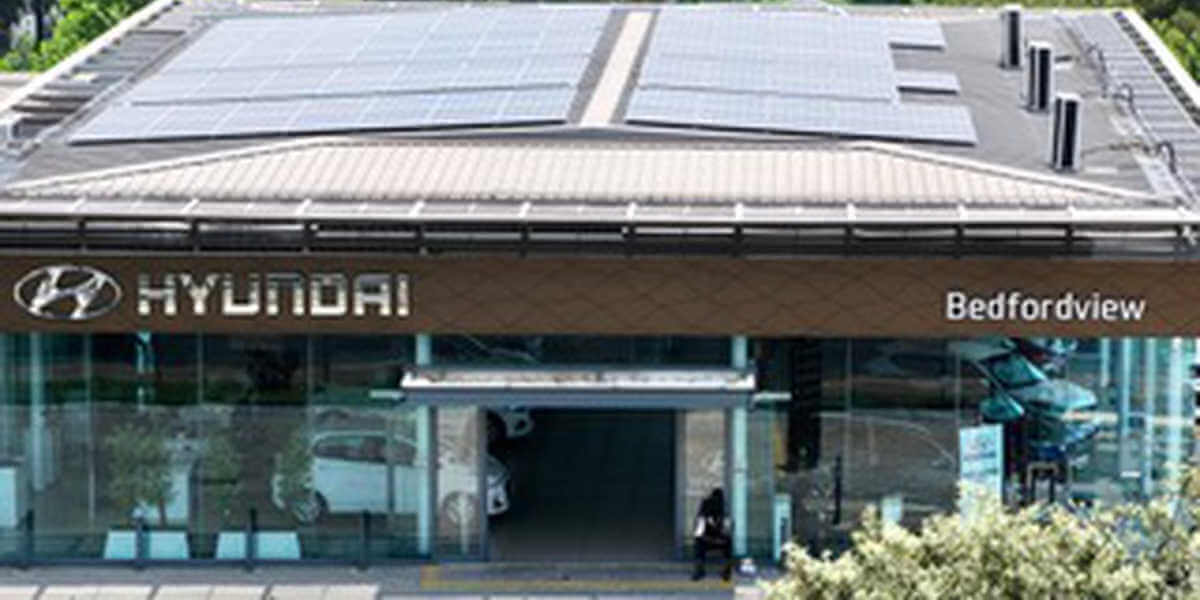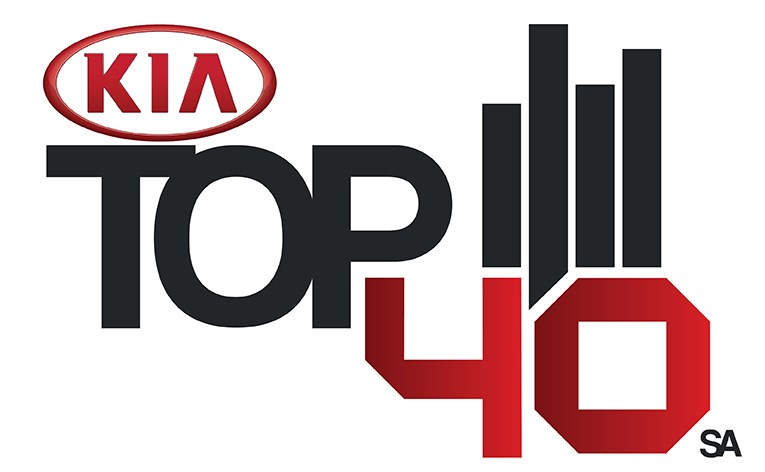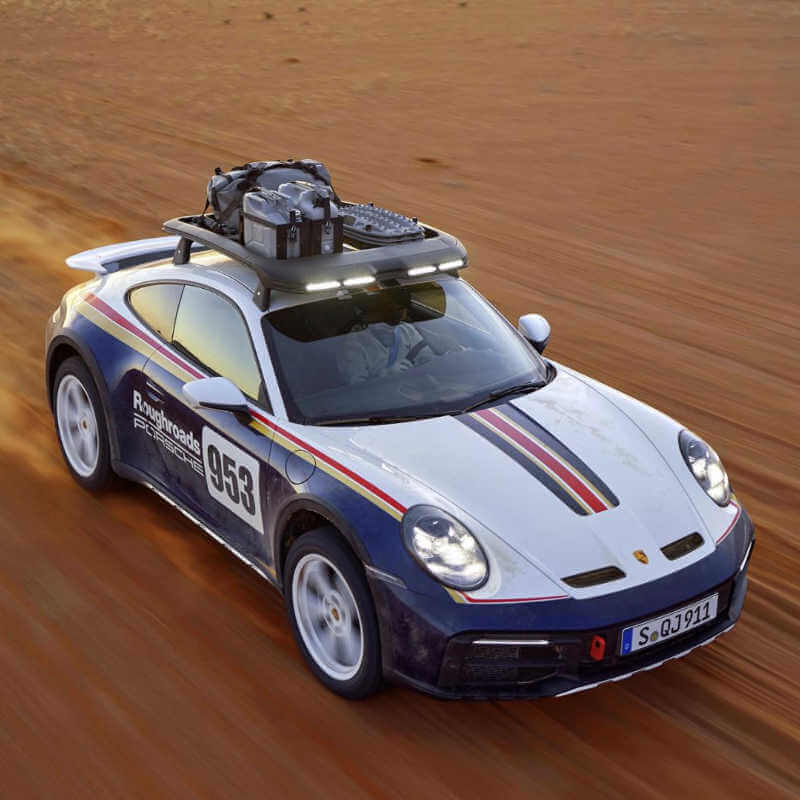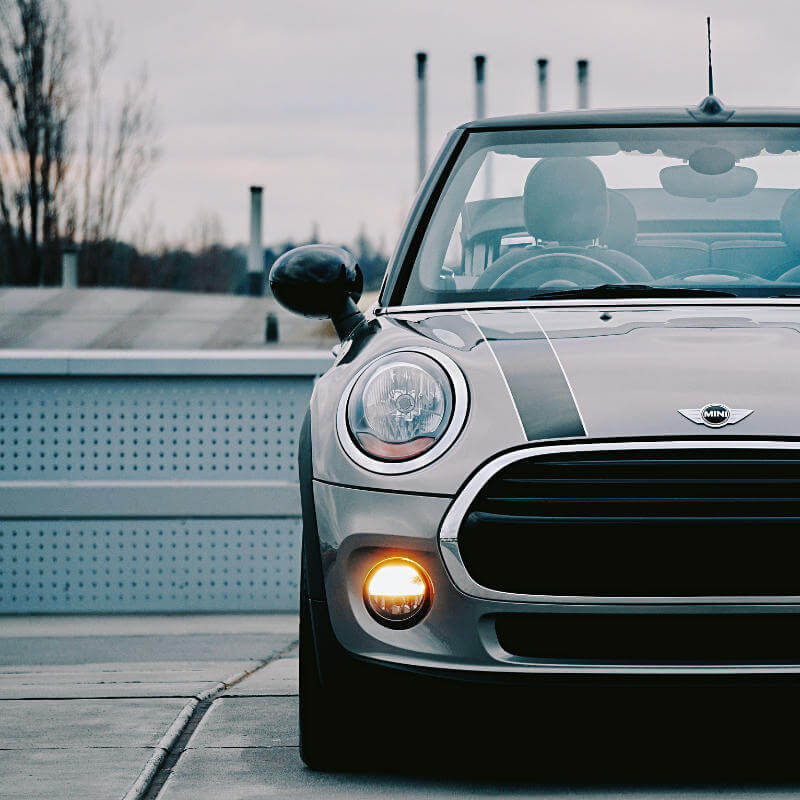Hyundai goes green with solar project
Hyundai Automotive South Africa is running its head office in Bedfordview and several of its Gauteng dealerships on solar power when loadshedding occurs.
Article by: Hyundai
At the head office, more than 240 solar panels have been fitted on the roof of the building, delivering 110 kW on a typical spring sunshine day.
The project was initiated on the 1st of May 2022, and by middle June work on the installations started. The solar systems were commissioned and fully installed at all the sites by middle September.
The aim of the solar solar photovoltaic (PV) project was to reduce the electricity bill and consumption of Hyundai Automotive SA and its dealer network, and to make the operations of Hyundai in South Africa more environmentally friendly by reducing its carbon footprint.
“Due to the frequency of power interruptions brought about by load shedding and the cost of running diesel-burning generators, we investigated the benefits of installing solar power. Another aim of this project is to run our operations on clean power as far as possible, which fits in with one of the core values of our brand,” says Stanley Anderson, sales and operations director at Hyundai Automotive SA.
The solar project at the head office and some dealerships in Gauteng, at a combined cost of R14 million, follows the installation of a solar energy system at Hyundai Automotive SA’s Parts Distribution Centre (PDC) in Germiston in 2019 and early 2020 to reduce its carbon footprint and its dependency on municipal power, and thus also minimise exposure to load shedding.
The system at Hyundai’s PDC included batteries for power storage, but the installation at the head office and East Rand dealerships might add batteries in a second phase of the project.
“We are busy with a feasibility exercise to see what the most cost-efficient solution would be to install batteries in order to store power, which would considerably reduce the use of a generator,” says Anesh Parhanse, general manager: properties at Hyundai Automotive SA tasked with the implementation of the solar power project.
“We do not yet store power at the head office and dealerships on the East Rand, but we feed electricity back into the power grid when there is a surplus. All installations are grid-tied and generator-tied. When there is load shedding and not enough sunshine, the generator would kick in.
“Between 10 a.m. and 3 p.m. we are off the Eskom grid 90% of the time, when there is enough sunshine. On a bright sunny day with clear skies, we are off the grid completely,” says Parhanse.
At a certain time on 2 November, on a heavy cloudy and overcast day, 45,47 kW was delivered from the panels and inverters. At the time total consumption at Hyundai’s head office was 92 kW, thus solar panels and an inverter generated 50% of power used at that point.
“Since installation we have saved more than R8 000 in electricity costs at our head office. The savings are expected to increase exponentially as time passes and when batteries for electrical power storage get installed. At the moment we can already change to a smaller diesel generator. Apart from the environmental aspect, the cost of diesel and running a generator was also a big consideration when we investigated the installation of the solar power systems,” says Parhanse.
According to Johan Nel, regional general manager at Hyundai Automotive SA, solar power systems were also installed at three Hyundai dealerships on the West Rand – Hyundai Roodepoort, Bryanston and Weltevreden Park – and two in the Pretoria region – Hyundai Zambesi and Silver Lakes. All these installations use less solar panels, but they have the benefit of batteries that can store power.
“We can keep everything running from solar power during load shedding at the dealerships on the West Rand and in Pretoria without having to fall back on a diesel generator when there is not sufficient sunlight,” says Nel.
Nel says the vision is to expand to more dealerships in Hyundai’s network after studying the present installations and their performance, which would indicate which system delivers beter results and savings: one using solar panels and batteries for power storage, or the other using solar panels with an inverter only.








